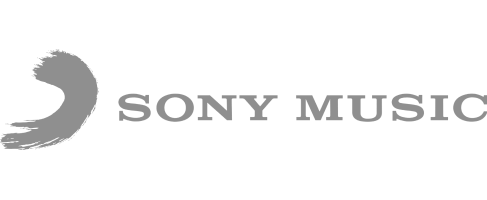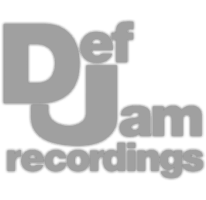Professional Analog Mastering.
Professional Analog Mastering.










Most engineers mix primarily in stereo, while occasionally monitoring their mix in mono to check its mono compatibility. To monitor your mix in mono, use a utility plugin or one designed to sum a stereo signal to mono, and place the plugin on your mix bus.
When mixing or mastering, we’re dealing with 2 separate channels on our output, the left and right channels which collectively make a stereo channel. Ideally, when we sum to mono we’d take all signals that aren’t identical on the left and right, and make them identical, causing a mono signal.
However, most summing to mono plugins or methods for monitoring mono will only playback what is already identical, meaning a lot will be cut out.
Let’s take a listen and notice how much of the signal is lost when summing to mono.
In the previous chapter, I mentioned how what we perceive as mono, is identical signals on the left and right channels. This is called phantom mono since a stereo channel is perceived as one signal; it’s when the content on the 2 channels varies that we perceive stereo width.
Let’s listen to the left and right channels separately and try to discern what’s different about them.
In the last chapter, we talked about how a stereo channel sounds stereo due to the differences between the left and right channels. But the actual perceived width of a stereo track comes from the phase cancellation that occurs due to these differences - which can be observed with mid/side monitoring.
When we solo our mid image, we’ll hear what’s identical amongst the left and right channels, but when we solo the side, we’ll hear what’s different and the stereo expansion these differences create.
Let’s listen to mid and side and notice how it’s different from left/right and mono monitoring.
When mixing in mono, you’ll hear what a mono playback system is going to convey to your audience. Like we covered earlier, this mono system will cut out the differences between the left and right channels - making it a great way to observe the mono compatibility of your mix.
Although mono playback systems aren’t as common as they once were, it’s still important to keep this in mind.
Let’s listen to summed mono again, and think if this track would’ve benefitted from having more instrumentation in the middle.
The majority of playback systems today are stereo, so if you’re mixing in stereo odds are you’ll be monitoring the mix in a similar way as your audience. The benefit to this is you’ll be able to hear how the differences on the left and right channels interact.
Like we covered in chapter 3, these signals are crucial to understanding perceived width. Let’s start with the mix in mono, and play the stereo mix and notice how much greater the perceived width is.
If you want to mix your tracks in mono, or occasionally monitor them in mono or mid-side, you can use ISOL8 by TBProAudio, 2 Bus Control by MAAT, BX Solo by Brainworx, MSED by Voxengo, or even a utility plugin from your DAW, all of which are free.
Let’s quickly use ISOL8 which I think is particularly useful due to its band solo feature.
Now that we understand mono, stereo, mid, and side better let’s talk about purposefully altering their relationships. For example, if I want my mix to be more mono-compatible, I could ensure that more instruments are identical on the left and right channels, or I could amplify my mid image.
Or if I anticipate the majority of listeners to use earbuds or other stereo playback systems, I could emphasize the side or have more differing signals on my left and right.
Let’s use MSED to alter the relationship between the mid and side.
Following the thinking for the previous chapter, let’s use a Mid-Side EQ to control what frequencies are mono, and which are expanded. It’s often a good idea to keep the lowest frequencies mono, so let’s use a high-pass filter on the side image up to 80Hz.
Let’s take a listen to how this filter makes the low end more driving.
Again using a mid-side EQ, let’s expand the side image of our signal to cause frequency-specific stereo expansion or narrowing. For example, I could create a shelf filter on the side image to make my high frequencies airier, or dip 2kHz to make vocal presence more mono.
Let’s listen to these changes and notice how they achieve their intended effect.
If you have an instrument you want to expand but it’s mono, use a stereo reverb to add signal to the side image. Since the reverb’s reflections will be both on the left and right channels, and won’t be identical, we’ll create the intended stereo expansion.
Let’s listen and notice how the stereo reverb plugin adds signal to the side image.